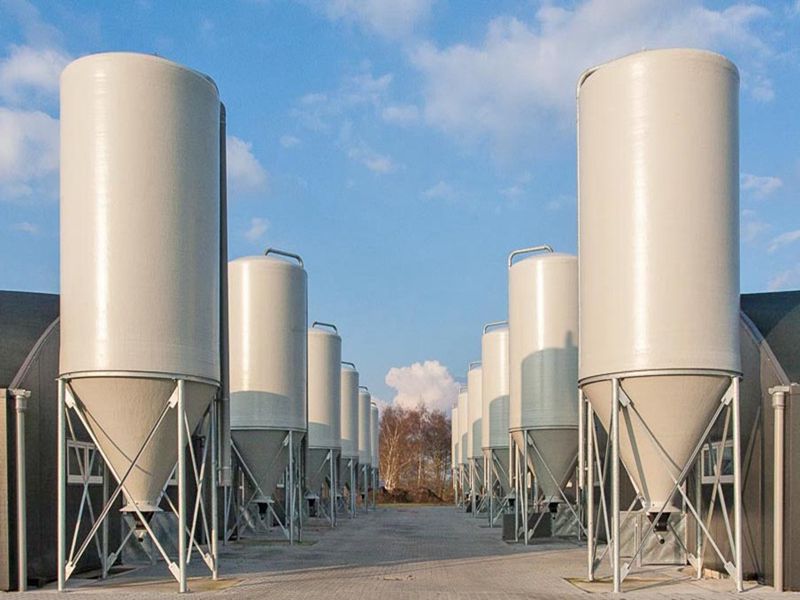
-
 Afrikaans
Afrikaans -
 Albanian
Albanian -
 Amharic
Amharic -
 Arabic
Arabic -
 Armenian
Armenian -
 Azerbaijani
Azerbaijani -
 Basque
Basque -
 Belarusian
Belarusian -
 Bengali
Bengali -
 Bosnian
Bosnian -
 Bulgarian
Bulgarian -
 Catalan
Catalan -
 Cebuano
Cebuano -
 China
China -
 China (Taiwan)
China (Taiwan) -
 Corsican
Corsican -
 Croatian
Croatian -
 Czech
Czech -
 Danish
Danish -
 Dutch
Dutch -
 English
English -
 Esperanto
Esperanto -
 Estonian
Estonian -
 Finnish
Finnish -
 French
French -
 Frisian
Frisian -
 Galician
Galician -
 Georgian
Georgian -
 German
German -
 Greek
Greek -
 Gujarati
Gujarati -
 Haitian Creole
Haitian Creole -
 hausa
hausa -
 hawaiian
hawaiian -
 Hebrew
Hebrew -
 Hindi
Hindi -
 Miao
Miao -
 Hungarian
Hungarian -
 Icelandic
Icelandic -
 igbo
igbo -
 Indonesian
Indonesian -
 irish
irish -
 Italian
Italian -
 Japanese
Japanese -
 Javanese
Javanese -
 Kannada
Kannada -
 kazakh
kazakh -
 Khmer
Khmer -
 Rwandese
Rwandese -
 Korean
Korean -
 Kurdish
Kurdish -
 Kyrgyz
Kyrgyz -
 Lao
Lao -
 Latin
Latin -
 Latvian
Latvian -
 Lithuanian
Lithuanian -
 Luxembourgish
Luxembourgish -
 Macedonian
Macedonian -
 Malgashi
Malgashi -
 Malay
Malay -
 Malayalam
Malayalam -
 Maltese
Maltese -
 Maori
Maori -
 Marathi
Marathi -
 Mongolian
Mongolian -
 Myanmar
Myanmar -
 Nepali
Nepali -
 Norwegian
Norwegian -
 Norwegian
Norwegian -
 Occitan
Occitan -
 Pashto
Pashto -
 Persian
Persian -
 Polish
Polish -
 Portuguese
Portuguese -
 Punjabi
Punjabi -
 Romanian
Romanian -
 Russian
Russian -
 Samoan
Samoan -
 Scottish Gaelic
Scottish Gaelic -
 Serbian
Serbian -
 Sesotho
Sesotho -
 Shona
Shona -
 Sindhi
Sindhi -
 Sinhala
Sinhala -
 Slovak
Slovak -
 Slovenian
Slovenian -
 Somali
Somali -
 Spanish
Spanish -
 Sundanese
Sundanese -
 Swahili
Swahili -
 Swedish
Swedish -
 Tagalog
Tagalog -
 Tajik
Tajik -
 Tamil
Tamil -
 Tatar
Tatar -
 Telugu
Telugu -
 Thai
Thai -
 Turkish
Turkish -
 Turkmen
Turkmen -
 Ukrainian
Ukrainian -
 Urdu
Urdu -
 Uighur
Uighur -
 Uzbek
Uzbek -
 Vietnamese
Vietnamese -
 Welsh
Welsh -
 Bantu
Bantu -
 Yiddish
Yiddish -
 Yoruba
Yoruba -
 Zulu
Zulu
chemical products for frp applications a comprehensive guide ...
Chemical Products for FRP Applications A Comprehensive Guide
Fiber Reinforced Polymer (FRP) composites have become an essential material in various industries due to their exceptional mechanical properties, lightweight nature, and corrosion resistance. These composites integrate reinforcing fibers (like glass, carbon, or aramid) with a polymer matrix, resulting in materials that exhibit superior strength-to-weight ratios. The chemical products used in FRP applications play a vital role in determining the performance, durability, and overall quality of these composites. In this guide, we will explore the key chemical products utilized in FRP applications and their significance.
1. Resin Systems
The backbone of any FRP composite is its resin system, which acts as the matrix that bonds the reinforcing fibers together. There are several types of resins used in FRP applications, including
- Polyester Resins These are among the most commonly used resins in the industry due to their cost-effectiveness and ease of processing. Polyester resins provide good mechanical properties and corrosion resistance, making them ideal for applications like boat hulls and various automotive parts.
- Vinyl Ester Resins Vinyl ester resins offer superior chemical resistance compared to standard polyester. They are often used in applications where exposure to harsh chemicals or environmental conditions is a concern, such as in the construction of chemical storage tanks.
- Epoxy Resins Known for their excellent adhesion and mechanical properties, epoxy resins are frequently used in high-performance applications. They provide superior heat resistance and durability, making them a preferred choice in aerospace and automotive sectors.
2. Curing Agents and Additives
To achieve the desired properties of FRP composites, curing agents and additives are essential components that facilitate the hardening of the resin.
- Curing Agents Also known as hardeners, these chemicals react with resin systems to promote curing, leading to the formation of a solid composite. Common curing agents include anhydrides, amines, and peroxides. The choice of curing agent significantly influences the curing time, temperature, and final properties of the composite.
- Fillers and Reinforcements Fillers are added to enhance specific characteristics like thermal conductivity or reduce cost. Common fillers include talc, calcium carbonate, and silica. On the other hand, additional reinforcing agents can be integrated for improved mechanical properties. This includes other fibers such as natural fibers or specialty synthetic fibers.
chemical products for frp applications a comprehensive guide ...

3. Surface Treatments and Primers
Surface treatments and primers are critical for enhancing the adhesion between the resin and the substrate. Proper surface preparation is crucial to ensuring the longevity and performance of FRP composites.
- Surface Primers These specialized coatings improve the bond strength between the substrate and the resin. They are essential in applications that require high durability, such as in the construction and automotive industries.
- Release Agents Used during the mold-making process, release agents prevent the cured composite from sticking to molds, facilitating easier removal and improving the quality of the finish.
4. Maintenance Chemicals
Post-manufacturing, a variety of maintenance chemicals are used to ensure the longevity and performance of FRP composite structures. These include
- Cleaning Agents Specific formulations are available for cleaning FRP surfaces without damaging the resin matrix. Proper cleaning helps in maintaining the aesthetic and structural integrity of the material.
- Repair Kits For instances of damage or wear, repair kits containing resin and reinforcement materials allow for localized repairs, extending the life of FRP applications.
Conclusion
In conclusion, the selection of chemical products for FRP applications is crucial to the performance and durability of composite materials. From resin systems and curing agents to surface treatments and maintenance chemicals, each component plays a significant role in achieving the desired properties and ensuring the longevity of FRP composites. Understanding these products will help industries optimize their use of FRP technology, making significant advancements in various applications ranging from aerospace to civil engineering. As technology evolves, continued innovation in chemical products will further enhance the capabilities and applications of FRP composites in the future.









